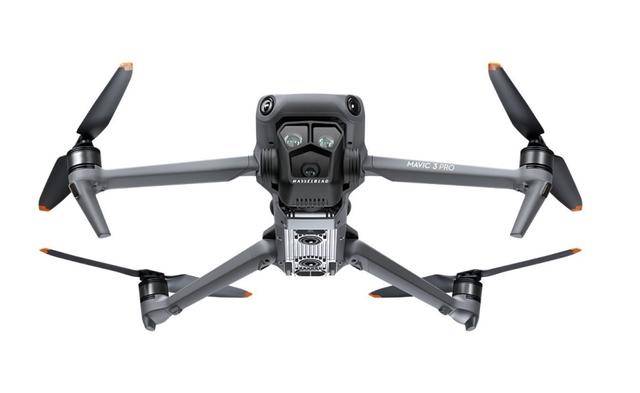Unveiling the Advanced Mechanics of Modern Attack Drone Technology
In recent years, the defense sector has witnessed groundbreaking advancements in attack drone technology, redefining the landscape of modern warfare. As autonomous capabilities continue to evolve, these drones have become essential assets in tactical military operations.
Understanding the workings of these sophisticated machines requires an exploration into their design and functionality, as well as the strategic advantages they offer on the battlefield.
First and foremost, attack drones employ cutting-edge hardware that includes high-performance sensors, navigation systems, and propulsion units. Equipped with GPS and inertial navigation systems, these drones navigate complex terrains with precision. High-resolution cameras and radar systems allow real-time surveillance, enabling strategic decisions while minimizing human risk.
Autonomous Offensive Capabilities
One significant aspect of attack drones is their autonomous operational capability. This includes target recognition and decision-making algorithms, which use artificial intelligence to identify, categorize, and prioritize targets based on live data . The integration of machine learning allows these drones to adapt to changing environments, enhancing their effectiveness in dynamic combat situations.
. The integration of machine learning allows these drones to adapt to changing environments, enhancing their effectiveness in dynamic combat situations.
Moreover, the ability to deploy weapons systems remotely makes attack drones a formidable force in modern warfare. With payload systems that can include missiles and precision-guided bombs, drones execute missions with high accuracy and efficiency.
Importance of Stealth and Maneuverability

Stealth technology is another critical component that defines attack drone performance. Advanced materials and design techniques reduce radar visibility, allowing drones to penetrate defense systems undetected. Additionally, enhanced maneuverability through aerodynamic enhancements ensures these machines can traverse a variety of environments, from mountainous terrains to urban landscapes.
This level of stealth and maneuverability not only protects the drone from enemy detection but also increases the likelihood of mission success.
Strategic Applications Across the Globe
Modern attack drones are utilized by military forces worldwide, offering strategic advantages such as extended range operations, rapid deployment, and reduced human involvement in hostile environments. Countries invest heavily in drone technology, recognizing its pivotal role in contemporary conflict resolution and intelligence gathering.
Furthermore, these drones serve roles in reconnaissance and surveillance, border control, and humanitarian efforts. Their versatility makes them indispensable in executing critical tasks with minimal logistical support.
Future Trends and Developments
As technology progresses, the future of attack drones appears promising. Innovations such as swarming technology, where multiple drones operate in concert, are set to revolutionize combat strategies. Continuous improvement in battery life, propulsion mechanisms, and AI capabilities will further augment drone performance.
Moreover, international treaties and regulations may influence the development and deployment of attack drones, with discussions focused on ethical considerations and international security.
Frequently Asked Questions
Q1: What are the main advantages of attack drones?
A1: Attack drones offer precision, reduced risk to human life, and the ability to perform in hostile environments unaccompanied, making them invaluable in military operations.
Q2: How does the AI in drones identify targets?
A2: AI utilizes real-time data and algorithms to recognize patterns and prioritize targets based on predefined criteria and learned experiences, enhancing decision-making in combat zones.
Q3: What challenges do developers face in advancing drone technology?
A3: Challenges include enhancing AI capabilities, improving stealth features, extending battery life, and addressing ethical concerns associated with autonomous warfare.
With the vast potential of attack drones in various military and civilian applications, continued investment and research will ensure their prominence in future strategies.